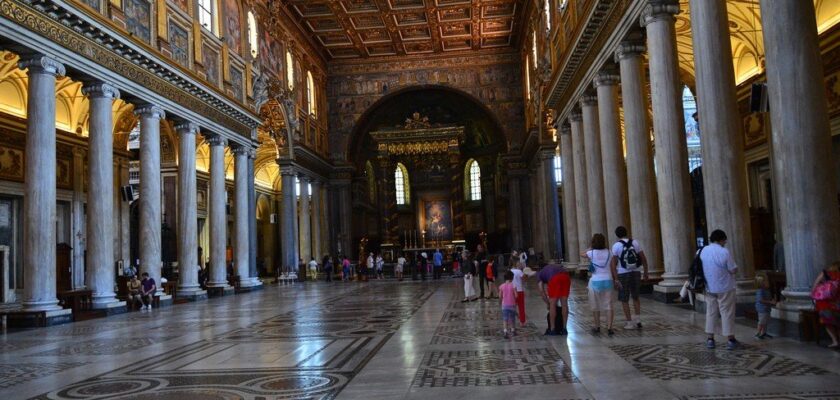Basilica di S.Maria Maggiore
Santa Maria Maggiore is one of the main churches in Rome, the papal basilica, located at the very top of the Esquiline. Its bell tower (75 m) is the tallest in Rome.
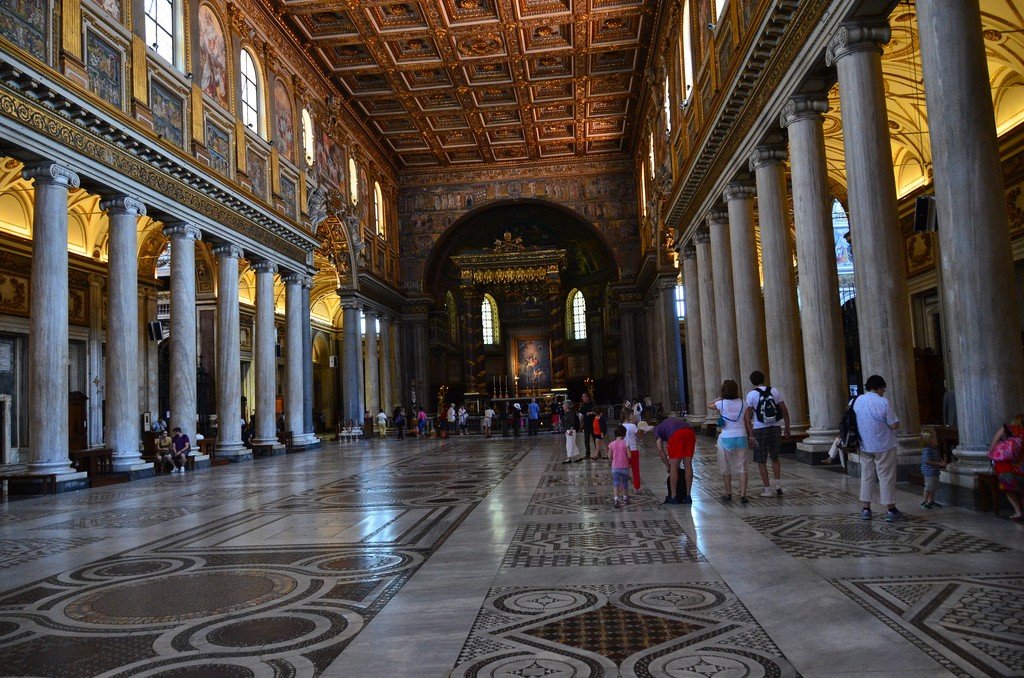
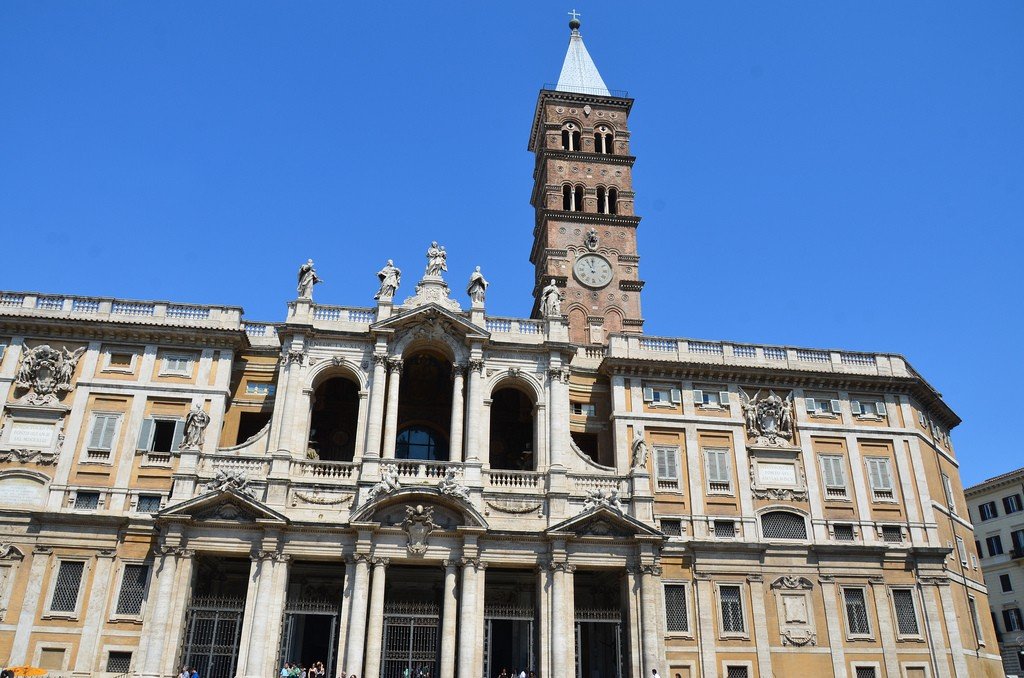
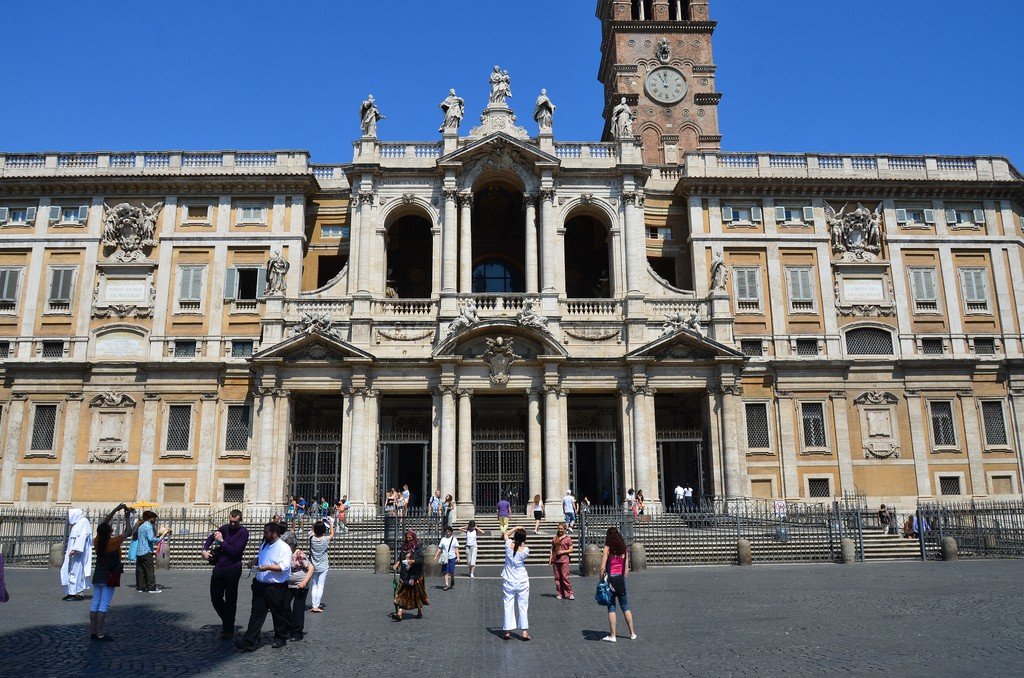
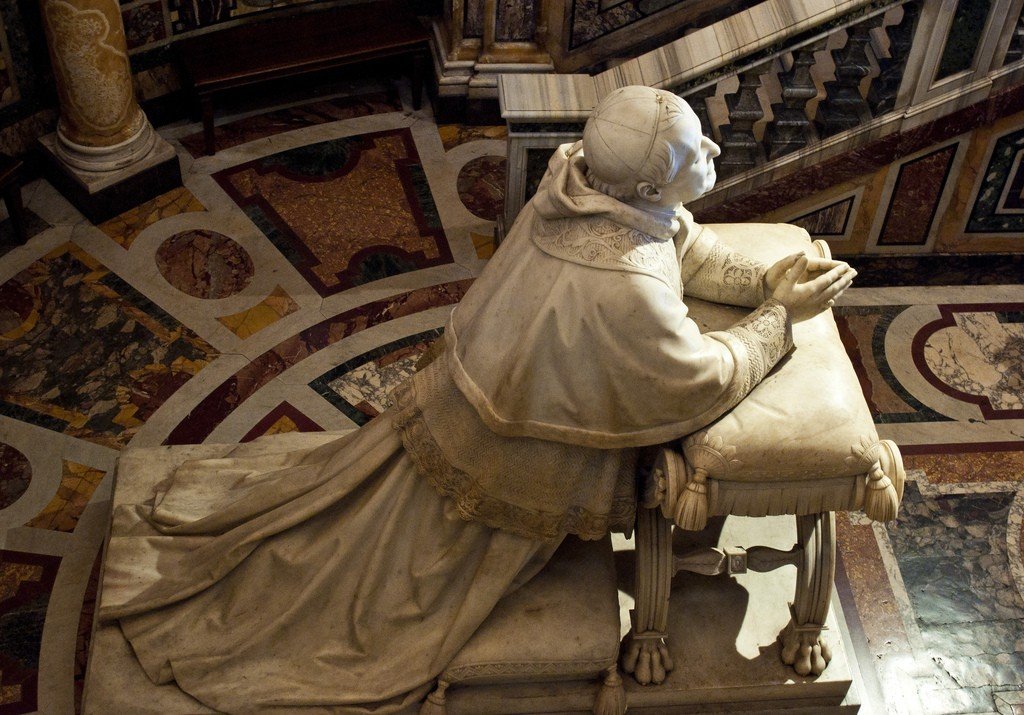
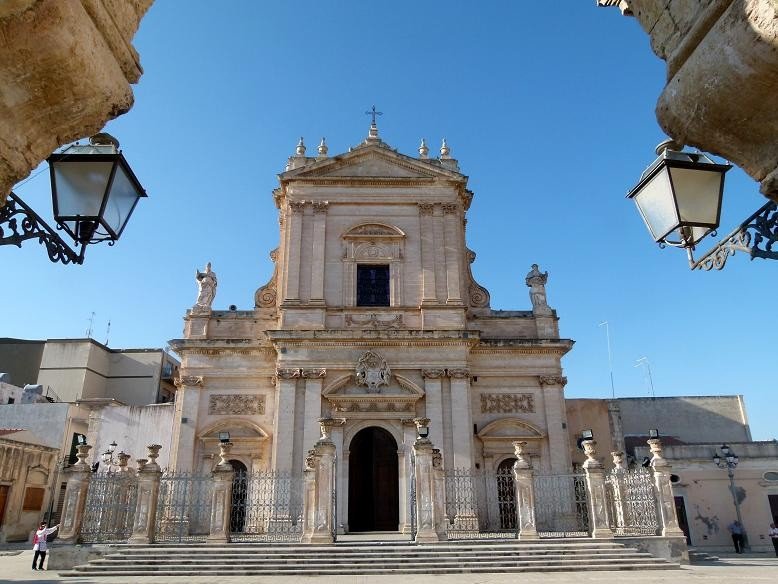
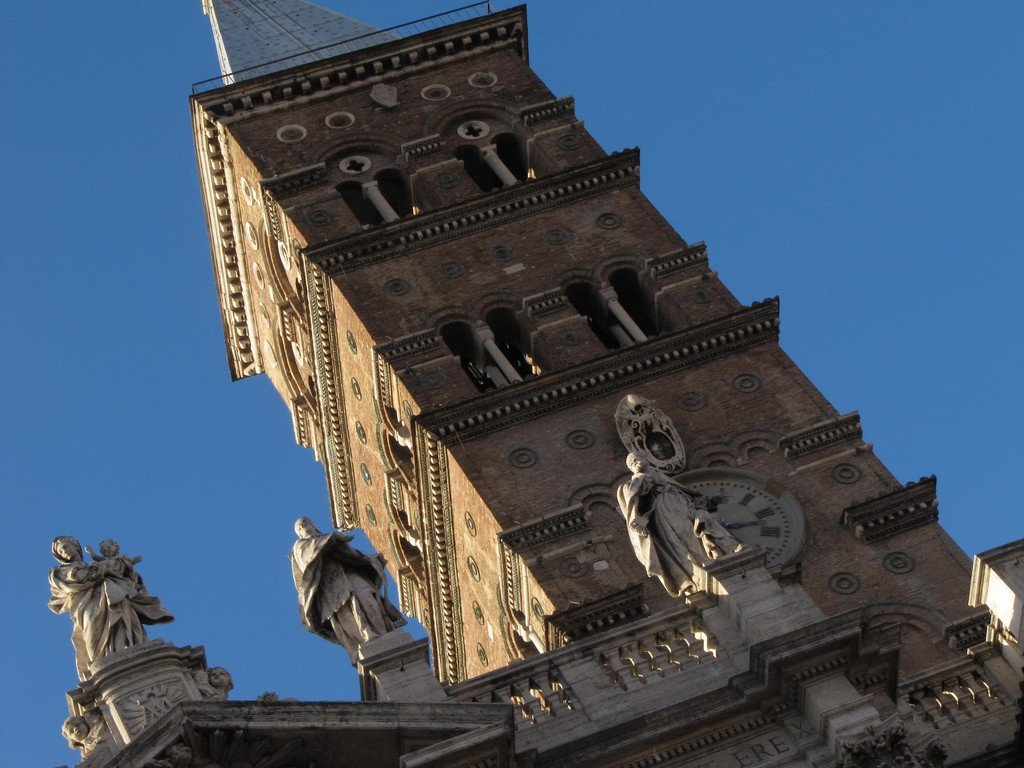
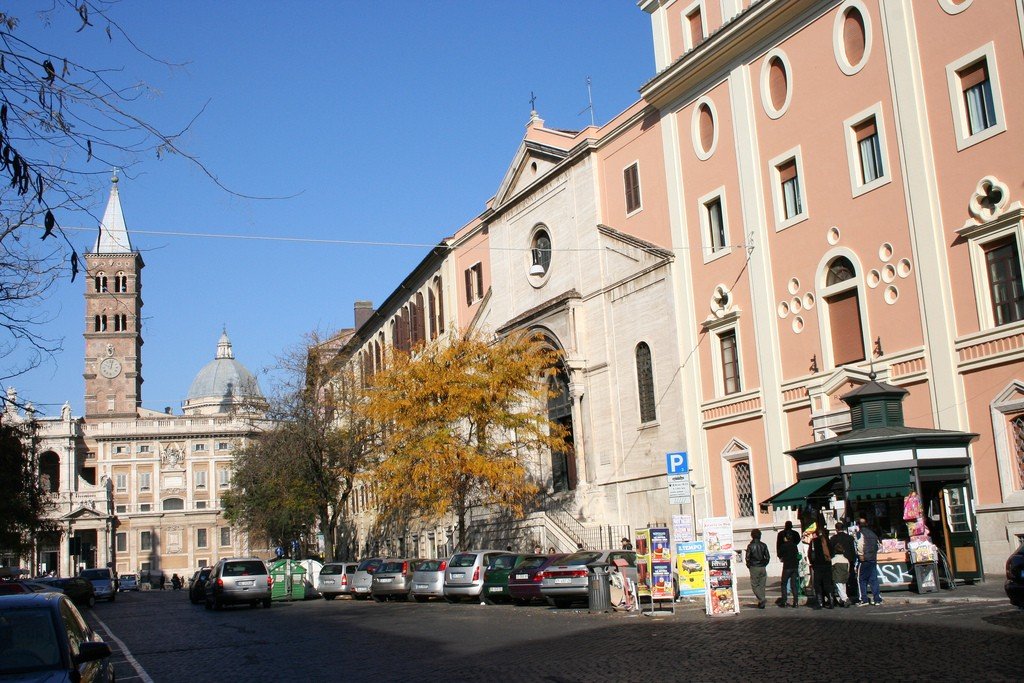
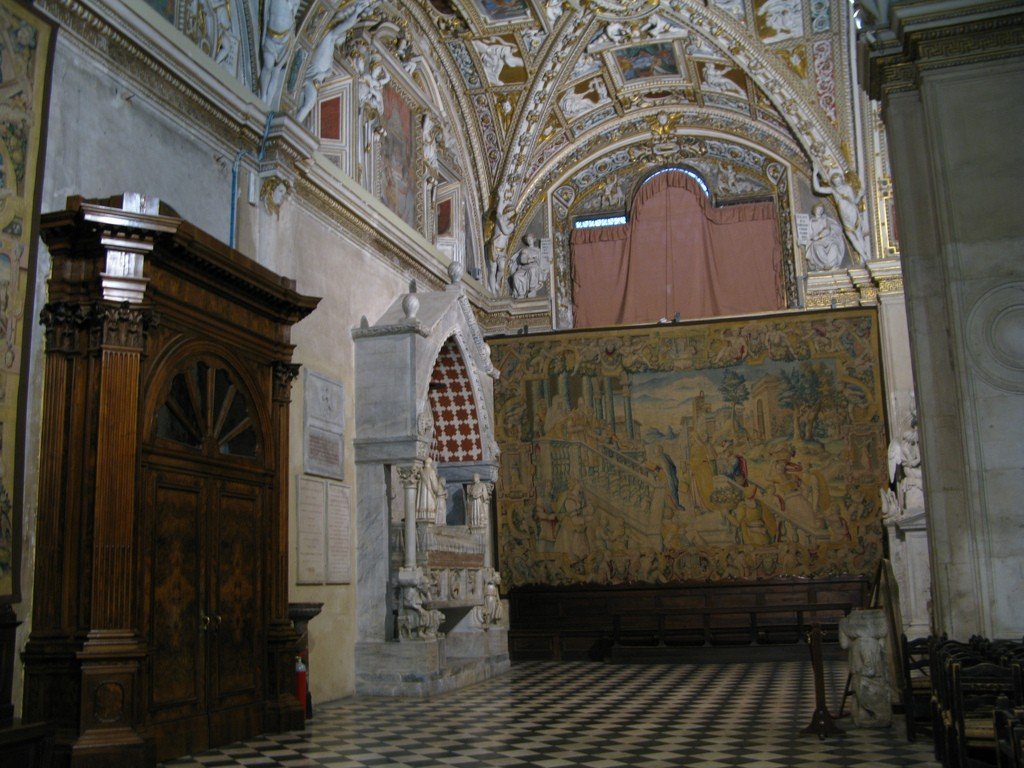
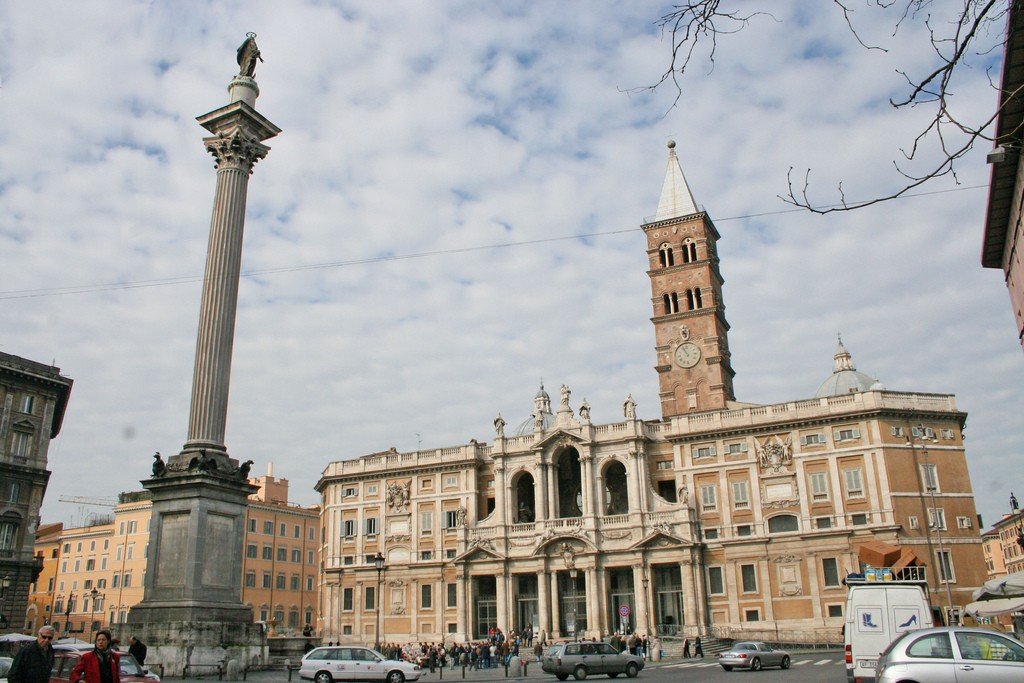
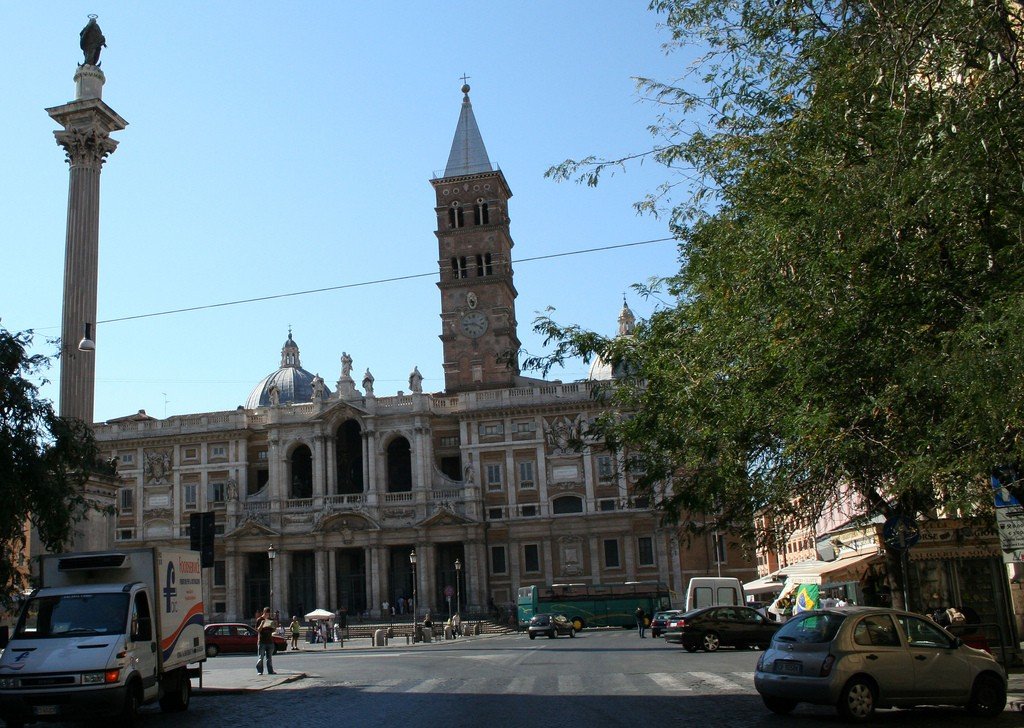
General information
There is an interesting legend associated with the foundation of Santa Maria Maggiore. One summer night in 352, Pope Liberius and a wealthy Roman, Giovanni Patrizio, saw the Madonna in a dream and ordered to build a church on the spot where the snow would fall the day before tomorrow. The next morning, August 5, 352, there was snow on Esquilina, where the basilica now stands. That’s when they began to build the church. It was replaced by a basilica built in the 440s by Pope Sixtus III and dedicated to Our Lady. Many popes, in an effort to make this highly revered Roman church even more beautiful, completed and decorated it.
.
Architecture
The main façade with loggia, a creation of Ferdinando Fuga, covers the view of the mosaics of the old façade The three-nave interior space, illuminated by a slightly flickering light, gives a very solemn impression. The magnificent Cosmatov floor dates back to the 12th century. Giuliano da Sangallo, commissioned by Pope Alexander VI Borgia, created the coffered ceiling, using the first gold brought from America for its gilding. On the walls of the long aisle and on the triumphal arch shine recently restored mosaics representing scenes from the Old and New Testament. The mosaic in the apse, the Crowning of the Virgin Mary, is the highest achievement of Roman mosaic art. Under the main altar of Ferdinando Fugi are relics from the Bethlehem manger. To the right of the high altar, Gian Lorenzo Bernini, the greatest architect of the Baroque era, is buried under a simple coffin slab.
.Chapels
- In the Sistine Chapel, the tombstones of Pope Sixtus V and his predecessor Pius V can be seen in the right branch of the transverse nave with frescoes in the late Mannerist style.
- The Paolin Chapel, or Borghese Chapel in the left arm of the transverse nave, was laid out by Pope Paul V Borghese in the early 17th century. Above the altar hangs a deeply venerated Byzantine icon of the Virgin Mary, “Salus Populi Romani.” It is located in the left arm of the transverse nave.
- Located on the same side, but closer to the exit, the Sforza Chapel was built by Giacomo della Porta, possibly to Michelangelo’s design.
Church of Santa Prassede
Next to the church, hidden from view, is the Church of Santa Prassede, erected around 820 in honor of St. Eupraxia. The magnificent Byzantine mosaics depict the heavenly Jerusalem, Christ with Peter and Paul, and the sisters Eupraxia and Pudenziana. The mosaics appeared under Pope Paschalia I in the 9th century and are considered to be the most beautiful in Rome.
.